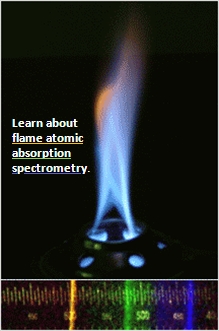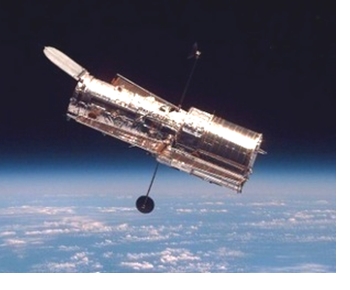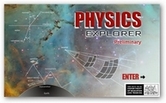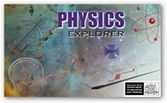Light and matter
|
Try a quiz to check your knowledge of light and matter.
There is more to matter than atoms. Rutherford could have had no idea what he had started when he bombarded gold foil with alpha particles to discover the ‘nucleus’ and changed the understanding of the atom. Particle accelerators have opened a whole new understanding of matter. What is antimatter? Read about CERN’s latest investigation into antihydrogen. Explore particle physics to find out more about our current understanding of matter. What is the Standard Model of particles and forces? Nuclear science also adds to our understanding of matter. Refresh the basics of nuclear science. Watch a video about the role of ANSTO in nuclear research and servicing the radiopharmaceutical needs of Australia. Learn about the work of Professor Peter Holden at the National Deuteration Facility. Deuterium is a special form of hydrogen that has been used to study the structure and function of proteins, DNA and some other polymers. Throughout history, scientists have been intrigued by the nature of light— was light a wave or a stream of particles or maybe both? Leading scientific thinkers, including Newton and Einstein, have contributed their theories. The concept of the photon resulted in the wave-particle duality of light becoming accepted. While the different forms of ‘light’ in the electromagnetic spectrum are well-recognised, the understanding of the nature of light is still open to debate. Light is vital to life as we know it because of photosynthesis.
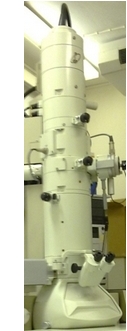 Learn more about microscopes, telescopes and spectroscopy. |
Particle accelerators can analyse materials, using extremely small samples, to determine their elemental composition and age. At ANSTO, accelerated mass spectrometry can be used for carbon dating rock-art paintings and lake sediments. Particle accelerators can bring about high collision energy that can change matter and create new material. Particle accelerators have taken on a whole new dimension with the completion of the Large Hadron Collider (above). The nature of the universe, including such concepts as mass and dark matter, continue to be researched. Learn more in an e-tour at the Atlas experiment website. Light is the basis of a lot of technology for the future. Artificial photosynthesis could be the solution to rising levels of carbon dioxide and a useful source of food and bioenergy. Photovoltaics are widely used, but what about solar paint (printable and coatable organic solar cells made from semiconducting polymer nanoparticles)? Optical fibre, employing photonics, is the basis of modern communication. Television technology has been vastly improved since the use of cathode ray tubes. The next step is the refinement of glasses-free 3D television. Laser pulses may eventually change dentistry in research from the University of Sydney. Learn about how quantum computers have the potential to change technology. Nanotechnology also has the potential for massive impacts in medicine, agriculture and the environment. Learn more about medical applications. Learn about the NASA Kepler mission to search for extrasolar planets. Herschel discovered infra red light in 1800. We observe space with more than just visible light. Learn about different types of telescopes and how we use them to see great distances and effectively look back in time. The Doppler Effect has been used to establish relative movement in space and the expansion of the universe. Carbon nanotubes have taken on an unusual use— suppressing the reflection of light in space instruments.
Interested in Science and in year 11 or 12? Find out about the 2011 International Science School. It could change your life! See also Sites2See: Nobel Prize Physics. |

